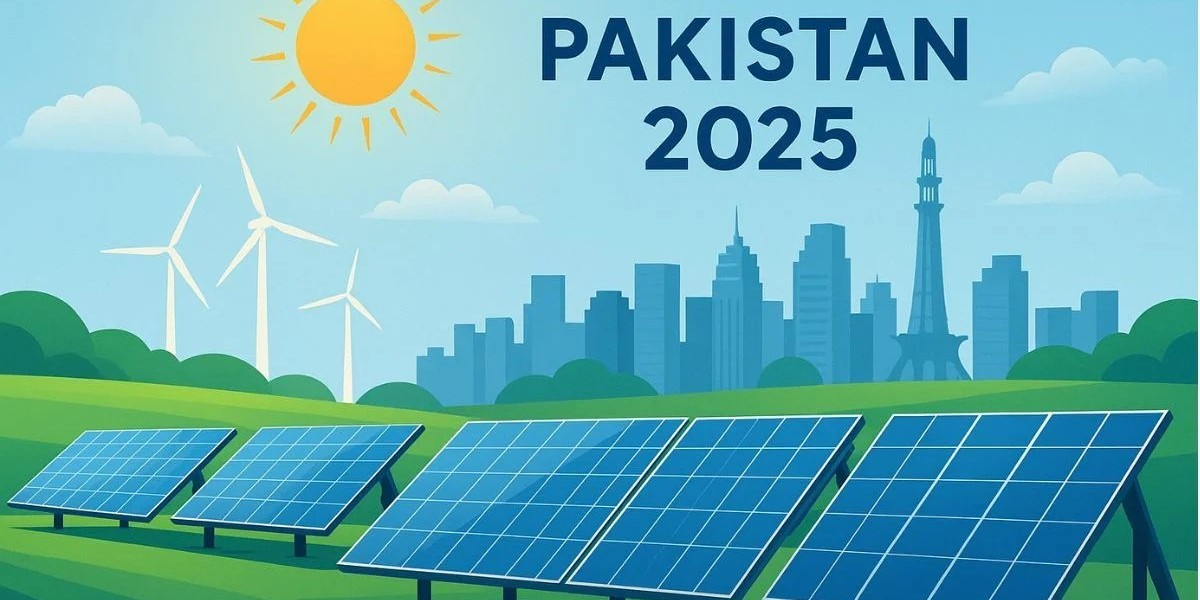Pakistan is rapidly shifting towards renewable energy to address growing electricity demands, reduce reliance on fossil fuels, and combat climate change. Renewable energy includes solar, wind, and hydropower solutions that are transforming how homes, businesses, and industries access electricity. While the potential is enormous, realizing it requires strategic planning, investment, and policy support.
Current Status of Renewable Energy
Solar Energy
Solar power is emerging as a key renewable source in Pakistan. Large-scale projects, such as the Quaid-e-Azam Solar Park in Punjab, provide hundreds of megawatts to the national grid. Additionally, private net-metering installations add several gigawatts from residential and commercial rooftops. Solar energy reduces electricity bills, ensures energy independence, and helps alleviate pressure on the national grid.Wind Energy
Pakistan’s coastal areas, particularly in Sindh and Balochistan, have significant wind energy potential. Operational wind farms like Jhimpir and Gharo contribute clean energy to the national grid. Despite its promise, wind energy’s contribution remains lower than solar and hydropower due to infrastructural and financial constraints.Hydropower
Hydropower remains the backbone of Pakistan’s renewable energy sector, accounting for a substantial portion of electricity generation. Projects such as Dasu, Karot, and Balakot increase national capacity and help stabilize the grid. Hydropower is reliable and provides a steady source of clean energy, especially in regions with high water flow.
Challenges Facing Renewable Energy in Pakistan
Infrastructure Limitations: The existing power grid requires upgrades to integrate variable renewable energy efficiently.
Financial Barriers: High initial costs and limited access to financing slow down renewable energy adoption.
Policy and Regulatory Gaps: Inconsistent policies and bureaucratic hurdles affect project implementation.
Social Inequities: Wealthier households and businesses have better access to renewable technologies, while lower-income populations often face higher electricity costs.
Steps to Enhance Renewable Energy Adoption
Grid Modernization: Upgrade infrastructure to handle decentralized solar and wind energy efficiently.
Policy Support: Implement clear and consistent regulations to attract domestic and foreign investment.
Financial Incentives: Provide subsidies, low-interest loans, and tax benefits to promote widespread renewable adoption.
Public Awareness: Educate citizens about the benefits of renewable energy to increase acceptance and participation.
Conclusion
Renewable energy offers a sustainable solution to the country’s energy crisis while reducing environmental impact. By overcoming infrastructure, financial, and policy challenges, Pakistan can harness its full renewable potential. Solar, wind, and hydropower together can provide reliable, affordable, and clean energy for all, paving the way toward a greener and more sustainable future.









